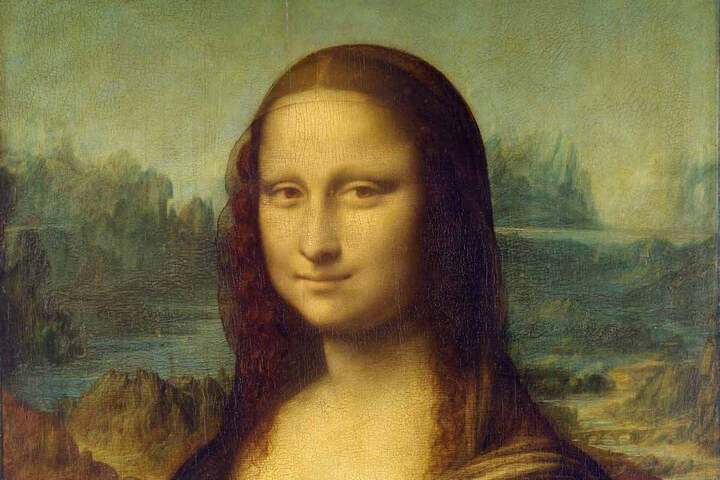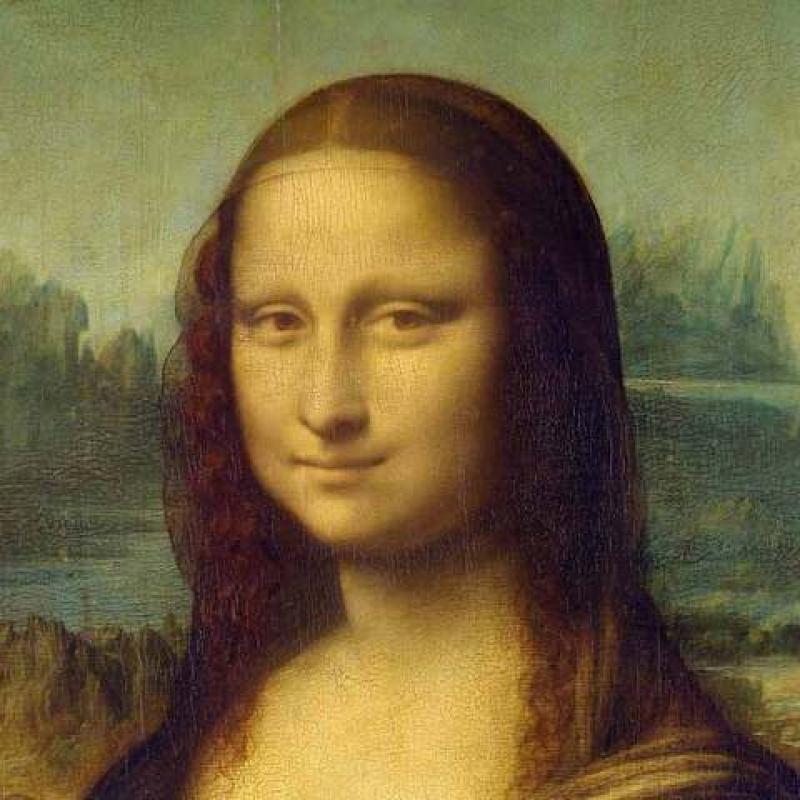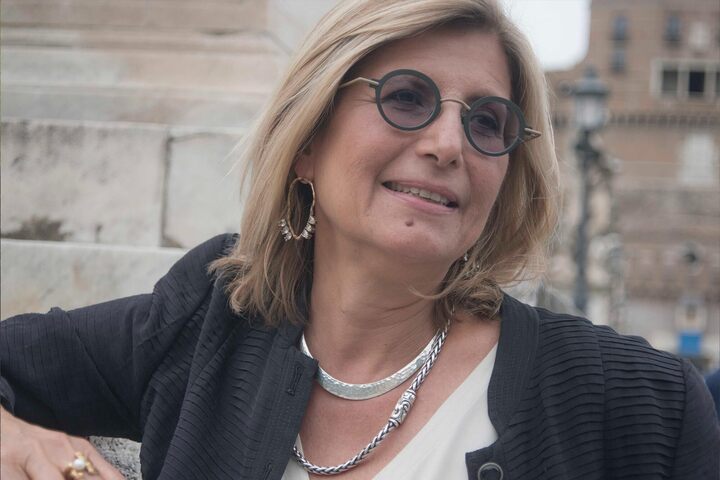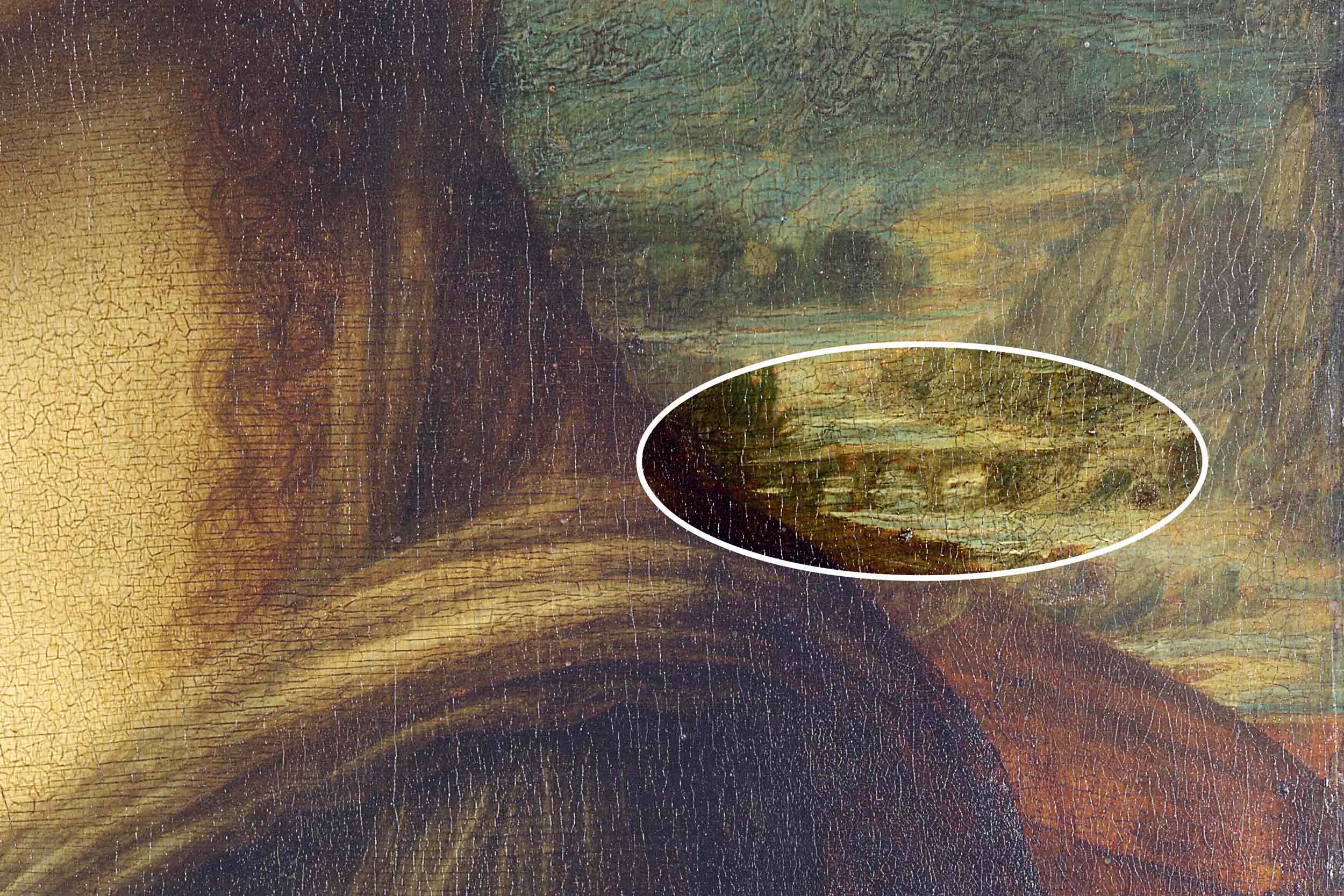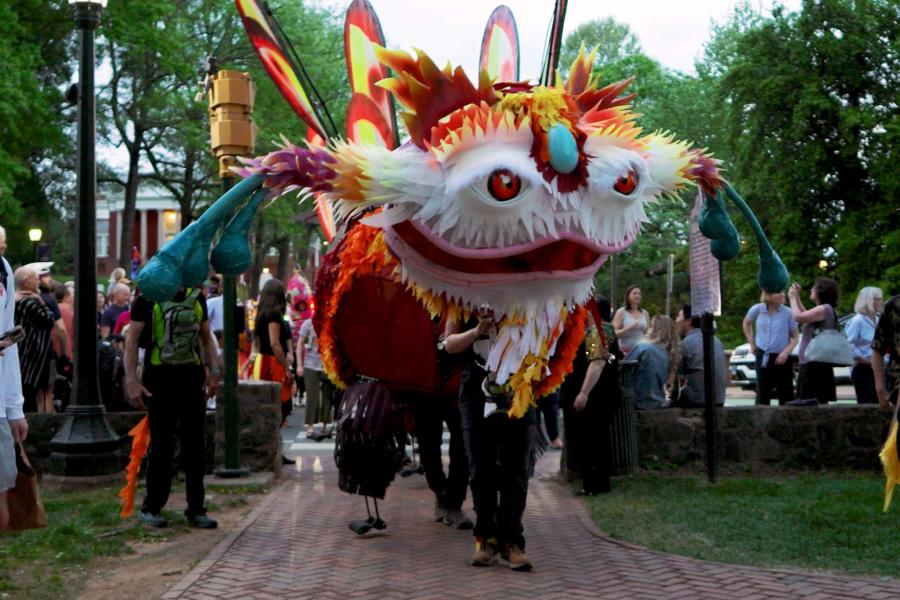A historian thinks he’s solved one of the Mona Lisa’s mysteries. University of Virginia art history professor Francesca Fiorani completely disagrees.
This time, the debate isn’t over who actually is depicted in Leonardo da Vinci’s famous 16th-century painting, but instead focuses on an object that appears in the background over the sitter’s left shoulder.
Italian historian Silvano Vinceti claims he has proof that the image of the bridge depicted over her shoulder is a depiction of a real-life bridge known as Ponte Romito, located in the Tuscan village of Laterina. Smithsonian Magazine, CNN and other media outlets jumped on the story.
